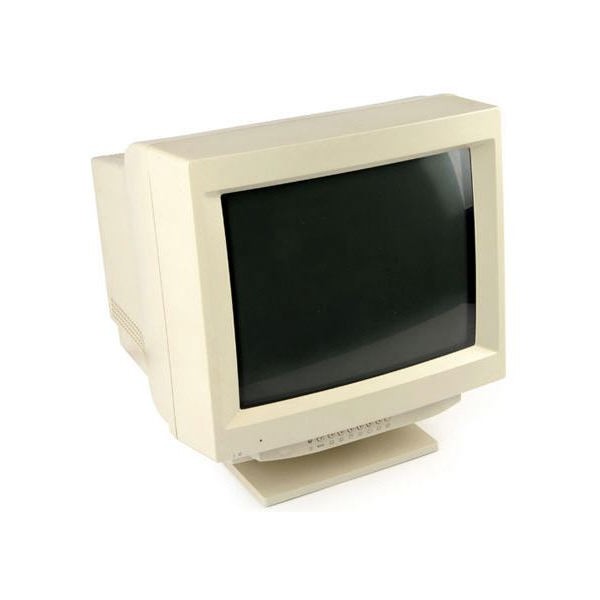How is the CRT
Somehow imperceptibly the time has come when from the shelvesstores almost completely disappeared TVs and monitors, based on cathode-ray technology. Recall, these are the same cumbersome devices that occupied almost half of the computer table. This is now their thickness rarely exceeds 10 cm, and that only with the inclusion of a lamp illumination.

How CRT monitors are arranged
First of all, we will give an explanation of the abbreviation. So, by the term "CRT" is meant an electron beam or, as we indicated earlier, a cathode tube (from English CRT - Cathode Ray-Tube). As a rule, with the word "tube", most people represent a cylinder, with no end walls. Speaking of what a CRT monitor is, one should mention that in this case such a representation is erroneous. Because the shape of the tube in it is far from cylindrical and expands to a plane with one of the sides. This surface is the front glass part, the same one on which the images are formed. The inner side of this site is covered with a special substance - a phosphor. Its unique property is that when a charged particle stream hits it, their kinetic energy is naturally transformed into a glow.

On the other side of the flask is placed a block of electrodes, called guns. They create a stream of particles.
In other words, the CRT monitor consists of a glass tube, gun electrodes and a control circuit.
Principle of operation
As is known, mixing in a certain ratiothree primary colors: green, red and blue - you can get everything else, including shades. In color monitors, the entire inner surface of the screen consists of points conventionally grouped in triads (blocks of 3 pieces). Each of them can shine with one of the primary colors. Electrodes are also three, each of which highlights "their" points. In a certain order, lighting and passing them on the screen, it is possible to form a color picture. By the way, in devices of a black and white image the gun is only one.

Since it is technically difficult to provideaccuracy of the beam hit on its point, a special solution is used - the mask. Relatively speaking, this is a perforated grid between the screen and guns. There are different types of masks. In part, they are responsible for the features of the mapping (clarity, the form of pixels-pixels).
Since after the impact of a particle the glow of a phosphorvery quickly decreases, you need to constantly recreate the picture. Both static and dynamic. Therefore, the rays draw an image dozens of times per second. This is the famous Hertz cadres. The higher the frequency, the less noticeable the flickering.
Currently, repair of CRT monitors forsubsequent use in the computer system is inappropriate, since modern LCD technology is more promising. An exception is specific use.





